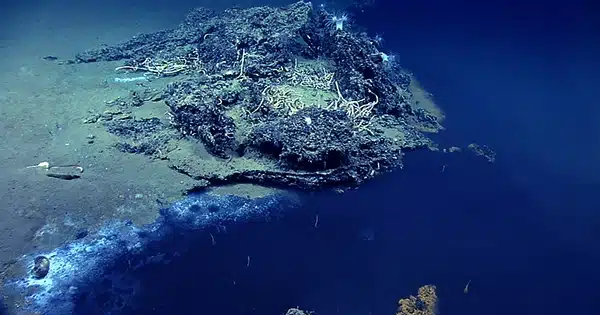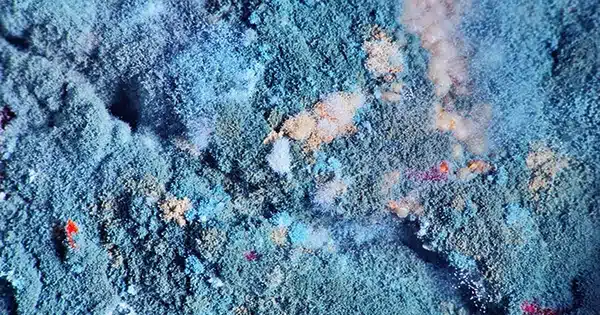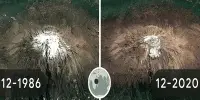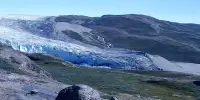Researchers studying a collection of old and new fossils recently determined that Langiella scourfieldii, an ancient type of bacteria, was among the first to inhabit land over 407 million years ago.
L. scourfieldii is a cyanobacterium that belongs to the Hapalosiphonaceae family. During the Early Devonian period, these bacteria thrived alongside early land plants.
Although scientists have long studied cyanobacteria, little is known about how these small photosynthesizing organisms managed to escape the ocean and live on land. Dr. Christine Strullu-Derrien, a paleobiologist at the National History Museum in the United Kingdom, and her colleagues discovered that L. scourfieldii are the earliest species of cyanobacteria known to have existed on land – a discovery that has helped fill in the gaps.
“With the 3D reconstructions, we were able to see evidence of branching, which is a characteristic of Hapalosiphonacean cyanobacteria,” Strullu-Derrien said in a release.

“This is exciting because it means that these are the earliest cyanobacteria of this type found on land.”
Cyanobacteria fossils are among the oldest ever unearthed, dating back roughly 2 billion years.
These bacteria, sometimes known as blue-green algae nowadays (a misnomer because they are not algae), thrive in and around water settings all over the world, including seas and rivers, but also on wet rocks (even in Antarctica) and moist sand.
Cyanobacteria have played a critical part in creating the history of our planet, helping to make it habitable for complex life and affecting evolution in general. They contributed to the creation of the oxygen humans require for survival by photosynthesis. They most likely launched the Great Oxygenation Event between 2.4 and 2.1 billion years ago.
At this period, methane, the planet’s major gas, was replaced by oxygen, which became the primary component of the atmosphere. As anaerobic species failed to adapt to the conditions, this event is supposed to have caused the first mass extinction.
“Cyanobacteria played the same role in the Early Devonian that they do today,” Dr Strullu-Derrien remarked. “Some organisms eat them, but they are also necessary for photosynthesis.” We now know that they were present when plants first began colonizing land and may have even battled for space with them.”
What is the significance of Langiella scourfieldii?
L. scourfieldii was discovered in rock pieces in the Rhynie Chert fossil site in Aberdeenshire, Scotland, in 1959. These specimens, however, were difficult to fully study, but more recent samples were recovered in the same location and are more suited to investigation.
Dr. Strullu-Derrien and her colleagues were looking for indicators of “true branching” as the crucial trait. This occurs when bacteria grow in a line, with some breaking off in a different direction to produce branches – but not all cyanobacteria exhibit real branching.
As a result, the discovery of L. scourfieldii in Rhynie Chert samples is significant since it allows scientists to validate their presence in moist land ecosystems in this area. In essence, they were able to make the transition from water to land and thrive.
The landscape of this portion of Scotland would have looked very different during the Early Devonian period. The land would have been closer to the equator and would have enjoyed a much warmer, tropical environment. This would have resulted in the Rhynie Chert being covered by damp sandy flatlands with brackish water pools.
However, this was before trees and other complex lifeforms evolved, thus the environment would have been significantly less lush. Fungi, bacteria, and algae ruled supreme in such a meager kingdom, competing for survival on rocks along the water’s edge.
Plants would have grown atop the microbial mats generated by these microbes because they had not yet established complex deep roots, forming a vital interaction during this early period of life on Earth.
“The Rhynie Chert is an iconic site because it’s 400 million years old, and much of the environment from this time has been preserved,” Dr Strullu-Derrien said.
“It is the only place where you can find traces of all organisms at once: plants, animals, fungi, bacteria, and algae.” You can see the interactions that would have occurred between species.”














